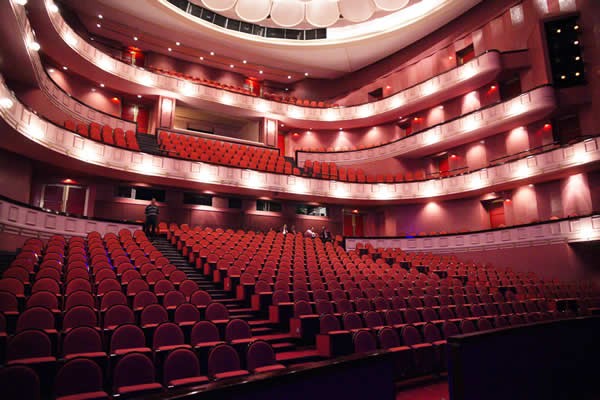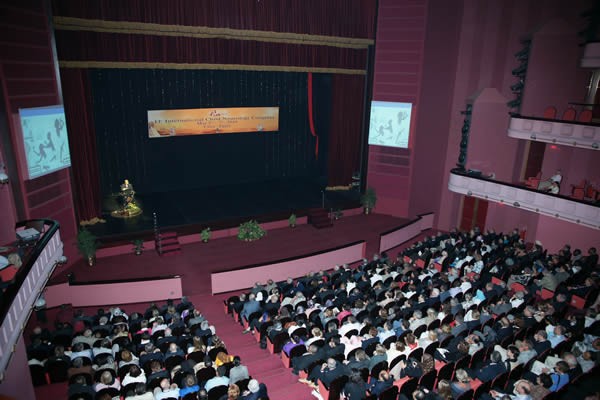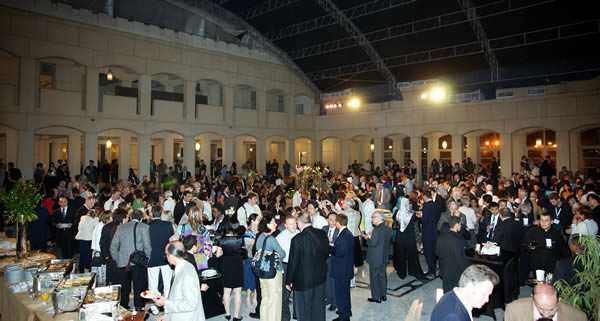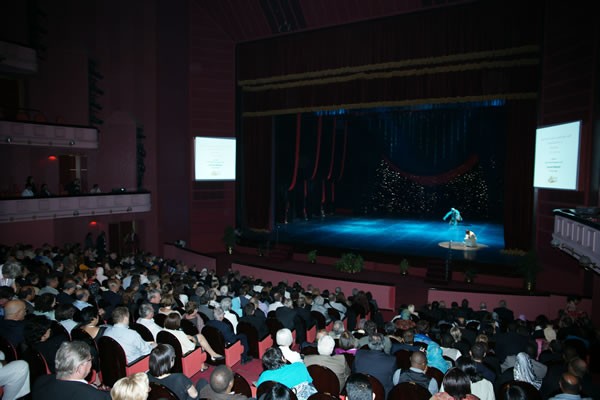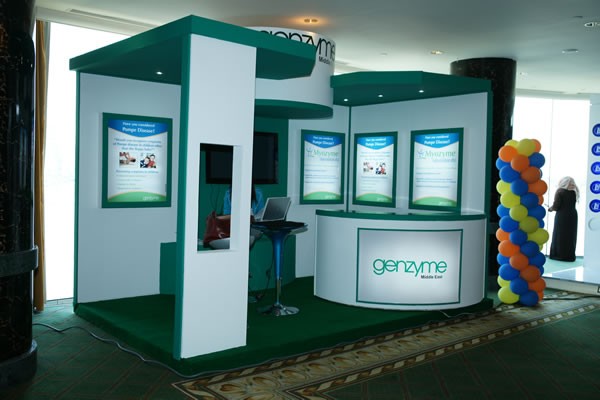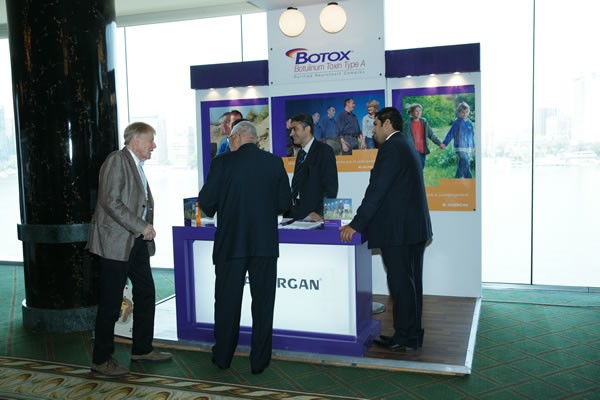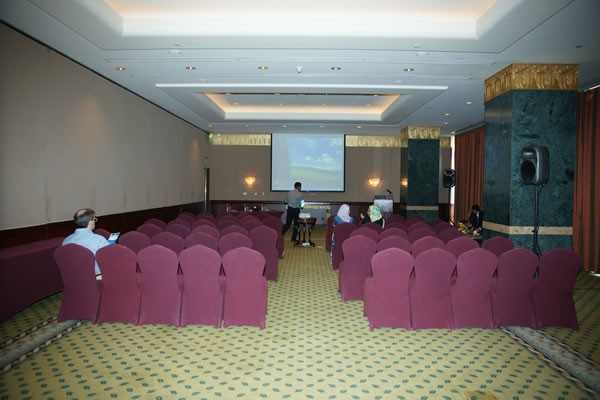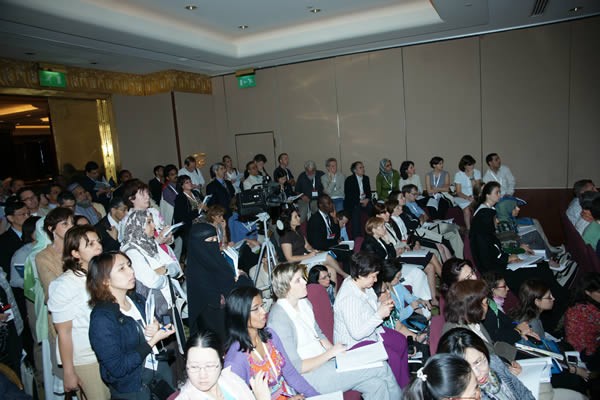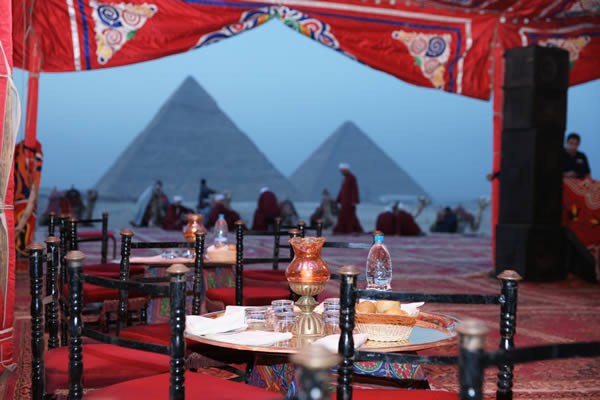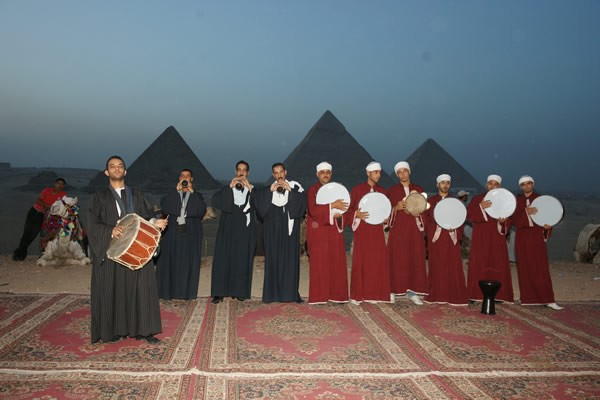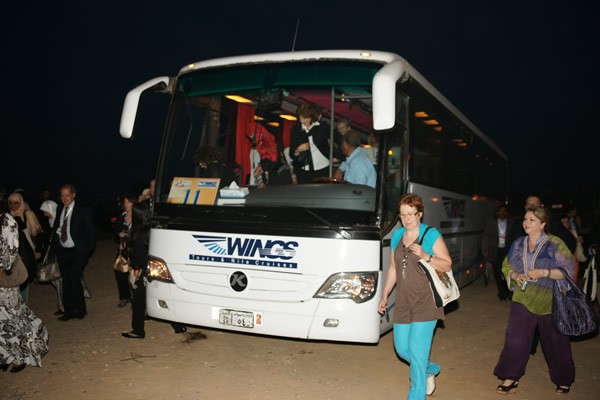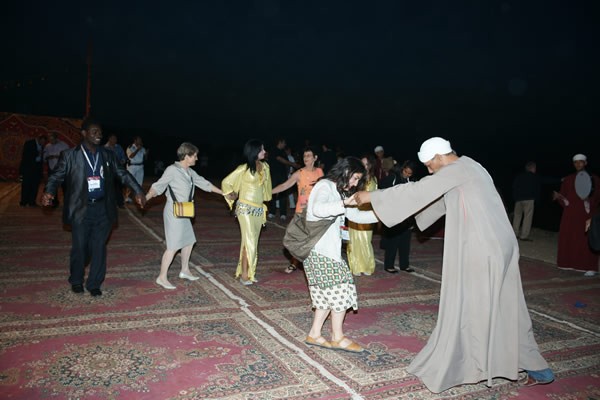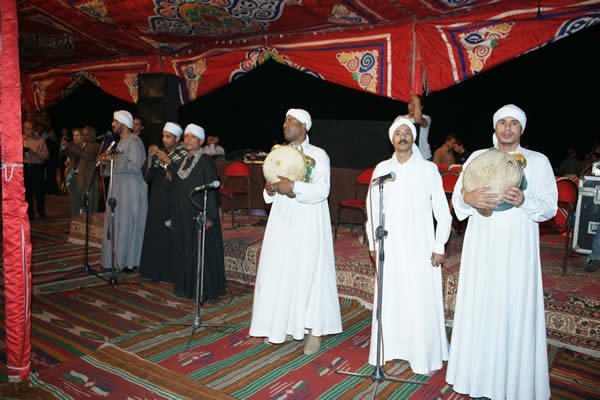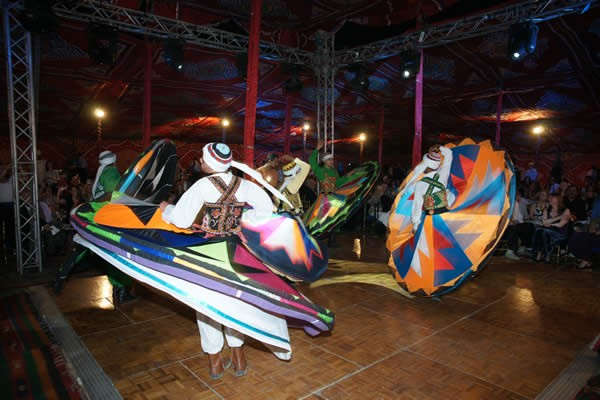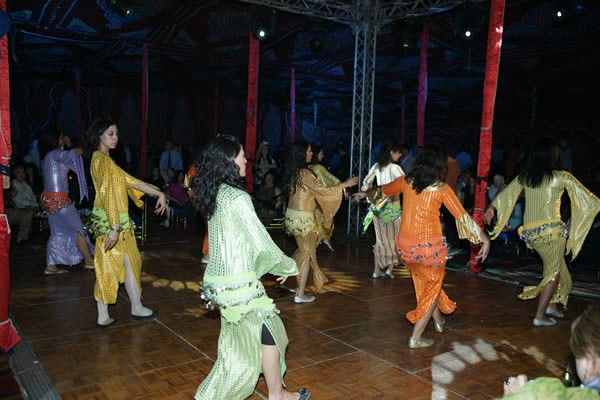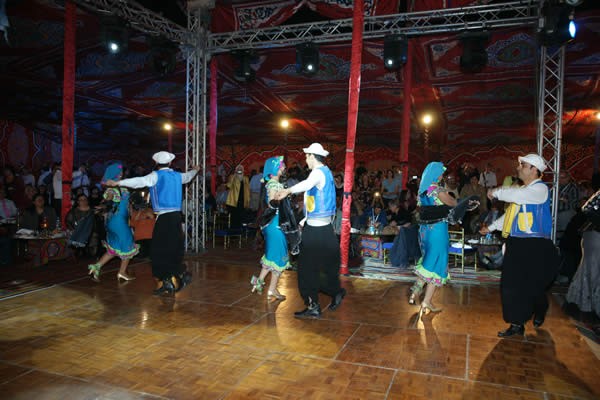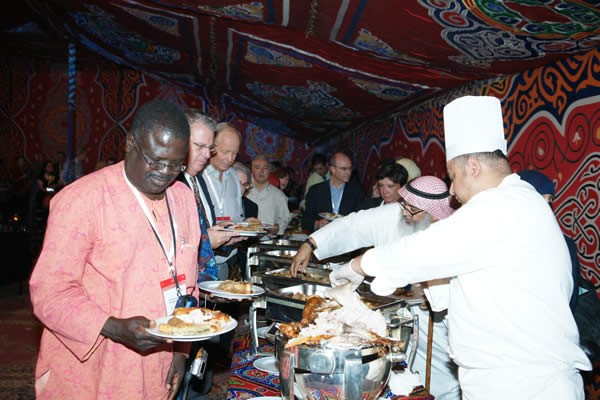Dr. Jessell has been, for twenty years, co-author of what became Kandel, Schwartz, and Jessell’s Principles of Neuroscience, and by the same trio, Essentials of Neural Science and Behavior.” These texts constitute the modern vademecum initially guiding future scientists and clinicians into neuroscience and its clinical relevance.
- Details
- Dr Robert Rust
- News
- Hits: 1189
The Congress was dedicated to the exchange of information on the latest advances in research and clinical practice in neuropaediatrics as well as to the fostering of collaboration and friendship between neurologists, paediatricians, psychiatrists and other neuroscientists, worldwide. Following previous traditions, the 11th International Child Neurology Congress included fifteen Symposia covering themes such as: CNS Infections, Epilepsy, Neonatal Neurology and Hypoxic-Ischemic Encephalopathy, Neurogenetic Disorders, Head Injury and Neuroprotection, Neurodevelopmental Disabilities, Disorders of Neuronal Migration, Neurometabolic Disorders, Headache, Pediatric Stroke, Sleep Disorders, Demyelinating Diseases and Leukodystrophies, Neuromuscular Disorders and Peripheral Neuropathies, Neurooncology, Advances in Neuroimaging Techniques and the Global Burden of Neurological Diseases.
The six Plenary Sessions included key topics such as Genetic and Epigenetic Mechanisms of Brain Development, Advances in Treatment and Understanding of Pathophysiological Mechanisms of Muscular Dystrophies and Sarcoglycanopathies, Advances in Neuroprotection and Neurointensive Care, Novel Treatment Strategies in Mitochondrial Disorders, Neuronal Stem Cells for CNS Repair and Neurodegenerative Disorders, and Medicine in Ancient Egypt with outstanding international speakers.
In addition, there were sixteen 'meet the expert' sessions with approaches to diagnosis, latest updates and/or selected case presentations from participants which will allow congress participants to interact one-on-one with selected experts.
Historical dates:
1st Nov 2008: Conference registration opens
5th Nov 2009: Deadline for abstract submission
5th Nov 2009: Close of Early Bird Registration
15th December 2009: Notification of Abstract acceptance
30 April 2010: Close of late Registration
1st May 2010: Pre-Congress Satellite Symposia
2nd May 2010: Workshop on Children At Risk
2nd May 2010 : Opening Ceremony
3rd-7th May 2010 : Main Congress
6th May 2010 : Gala Dinner
8th May 2010 : Post Congress Satellite Symposia
ICNApedia - Plenary sessions, symposia and focus groups talks at the ICNC2010
- Details
- ICNA
- News
- Hits: 28947
 One of the newest societies of child neurology in the world, the Child Neurology Society of Nigeria has been inaugurated in West Africa. The population of Nigeria was estimated to be 124 million in 2003, which placed it as tenth most populous nation in the world.
One of the newest societies of child neurology in the world, the Child Neurology Society of Nigeria has been inaugurated in West Africa. The population of Nigeria was estimated to be 124 million in 2003, which placed it as tenth most populous nation in the world.
It is the most populated country in Africa, with 44% of the population under 15 years of age. Nigeria has 12 medical schools. It has an active Paediatric Association, with its own journal, Nigerian Journal of Paediatrics. In January 2007, the Child Neurology Society of Nigeria (http://cnsnonline.org/index.php) was formed and now has over 20 members, paediatricians trained and interested in child neurology and development.
In January 2009 ICNA was invited by Dr Gabriel Ofovwe, a consultant Child Neurologist at the University of Benin Nigeria, to participate at a symposium at the Annual meeting of the Paediatric Association of Nigeria held at Ilorin, Nigeria from in January 20-23rd 2010. Dr Barbara Laughton and Prof Charles Newton accept the invitation on behalf of ICNA to present at the symposium and attend the Paediatric Association of Nigeria.
The symposium consisted of 4 lectures and much discussion: Dr Ofovwe reported the prevalence of Attention Deficit Hyperactivity Disorder was 8% in Nigeria, but this was probably an underestimate, and this disorder needs to be recognised more in Africa. Prof Newton gave an overview of infections of the central nervous system as a cause or neurological morbidity in Africa, followed by a more detailed talk on cerebral malaria by Dr Lesi. Dr Laughton gave an excellent talk on the neurological complications of HIV which precipitated much discussion and questions.
After the meeting there were two further sessions on child neurology which included presentations on stroke in sickle cell disease, cerebral palsy, epilepsy and even a case report of Krabbe’s disease, a challenging diagnosis to make in most parts of Africa. In other sections of the conference, there were presentations on tetanus (both neonatal and older children), meningitis, case reports of encephalopathy and other conditions associated with neurological conditions.
The Child Neurology Society of Nigeria is currently guided by Dr Ofovwe (President), Dr. Edward Alikor (Secretary) and Dr. Ngozi Ojinaka (treasurer). The members are keen to explore opportunities for training, particularly in electroencephalography, and the management of cerebral palsy and epilepsy. They would like to interact with other clinicians interested in child neurology, particularly in Africa, but also other countries of the world.
Charles R Newton
Read More
- Details
- Charles Richard Newton
- News
- Hits: 750

In May 2010 the International Child NeurologyAssociation will meet on African soil in Cairo. It is a fittingevent to launch the African Paediatric Neurology Association (APNA).
This decision was taken at a joint meeting of representatives of an African steering committee and the executive of ICNA on Friday 12th of March 2009 in Cairo, chaired by Andre Venter, National Chairman of The Paediatric Neurology and Developmental Association of Southern Africa (PANDA SA).
It has become clear that an Association catering for all professionals in Africa who manage children and adolescents with neurological conditions, is an imperative, not only to improve services, but also to build skills in this continent.
The vision for such an Association has provisionally been highlighted as:
1.Communication and the development of a professional network.
2.Promotion of training in the fields of neurology and child developmentby identifying training centers and programs and making them availableto professionals working in the field.
3. Identification of services and resources (or lack of) and lobbying regionally, nationally and internationally for improvements.
4.Promoting research collaboration and offer assistance.
5.Identify key areas of burden of disease specific to Africa and develop treatment and management strategies
It is envisaged that at the first meeting of delegates from Africa in Cairo on the 1st of May 2010 this Association would be officially constituted, an executive committee elected and the principles of a the constitution agreed upon. Interested parties from African countries are invited to be part of this initiation of APNA. There is no cost for attendance at the meeting (it is included in the registration for the ICNC conference). Non-African attendees are also most welcome.
This will indeed be an historic occasion for child neurology in Africa as well as our mother organization ICNA. Just like adult neurology a few years ago, the time has come to put Africa on the map with regards to child neurology as well.
Opening of the 1st African Paediatric Neurology Association
Introductory Workshop
May 1st 2010, Saturday
Venue: Grand Hyatt Congress Hotel
14.00-17.00
| |
Topic |
Speaker |
Chairs |
| 14.00-14.30 |
Opening of the 1st African Paediatric Neurology Association |
Prof Andre Venter Prof Ahmed Roauf Ibrahim |
Prof Andre Venter / Prof Ahmed Raouf Ibrahim |
| 14.30-14.40 |
Report of child neurology services across Africa |
Assoc Prof Jo Wilmshurst |
|
| |
Regional summaries |
|
|
| 14.40-15.00 |
Child neurology needs in Malawi and beyond |
Dr Mac MallewaLecturer (Clinical) in Paediatric Neurology This email address is being protected from spambots. You need JavaScript enabled to view it. |
|
| 15.00-15.15 |
Child neurology needs in Uganda and beyond |
Dr Angelina Kaooza This email address is being protected from spambots. You need JavaScript enabled to view it. |
|
| 15.15-15.30 |
Child neurology needs in Ghana and beyond |
Dr Ben Badoe This email address is being protected from spambots. You need JavaScript enabled to view it. |
|
| 15.30-15.45 |
Child Neurology needs in Nigeria |
Dr Robinson Wammanda, Department of paediatrics, Ahmadu Bello University teaching hospital,Zaria, This email address is being protected from spambots. You need JavaScript enabled to view it. |
|
| 15.45-17.00 |
Discussion, Inauguration and election of office bearers |
all |
Prof Andre Venter / Prof Ahmed Raouf Ibrahim |
Read More
- Details
- Andre Venter
- News
- Hits: 616
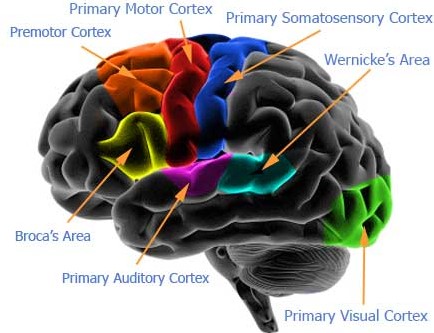 A new guideline from the American Academy of Neurology and the Child Neurology Society finds botulinum toxin type A to be an effective treatment for spasticity, muscle tightness that interferes with movement, in children and adolescents with cerebral palsy, but poses some risk. The guideline is published in the January 26, 2010, issue of Neurology
A new guideline from the American Academy of Neurology and the Child Neurology Society finds botulinum toxin type A to be an effective treatment for spasticity, muscle tightness that interferes with movement, in children and adolescents with cerebral palsy, but poses some risk. The guideline is published in the January 26, 2010, issue of Neurology
"Spasticity in children with cerebral palsy is best treated by a multidisciplinary medical and surgical team," said lead guideline author Mauricio R. Delgado, MD, FRCPC, with the University of Texas Southwestern Medical Center in Dallas and Fellow of the American Academy of Neurology. "It is important that doctors, patients and caregivers together set a goal for measuring the success of medication use or any other spasticity treatment."
Spasticity is a form of abnormally increased muscle tone and is usually associated with muscle weakness and abnormal reflexes. Cerebral palsy is the most common cause of spasticity, and spasticity affects the majority of children with cerebral palsy. More than 10,000 babies born in the United States each year will be affected by cerebral palsy, which is a complex neurologic disorder that affects body movement and posture. While cerebral palsy cannot be cured, treatment often improves a child's capabilities.
After reviewing all available research on medication treatments for spasticity in cerebral palsy, the guideline found botulinum toxin type A is effective and generally safe, but there is some risk. "In reviewing this drug for treatment of spasticity in children, the Food and Drug Administration is investigating isolated cases of generalized weakness following use of botulinum toxin type A for spasticity," said Delgado.
The guideline also recommends the drug diazepam be considered for short-term treatment of spasticity, although generalized side effects may occur. The drug tizanidine may also be considered, but there is risk of liver toxicity. For several other treatments, the authors determined that there was insufficient evidence to make a recommendation and encouraged additional research in this area.
"There is an urgent need for more research to establish the effectiveness of the current treatments for generalized spasticity and to find additional, safer and more effective medications," said Delgado.
Source: American Academy of Neurology (AAN)
Practice Parameter: Pharmacologic treatment of spasticity in children and adolescents with cerebral palsy (an evidence-based review)
Report of the Quality Standards Subcommittee of the American Academy of Neurology and the Practice Committee of the Child Neurology Society Formula [ Full Text ]
M. R. Delgado, MD, FRCPC, FAAN, D. Hirtz, MD, FAAN, M. Aisen, MD, FAAN, S. Ashwal, MD, FAAN, D. L. Fehlings, MD, MSc, FRCPC, J. McLaughlin, MD, L. A. Morrison, MD, M. W. Shrader, MD, A. Tilton, MD, FAAN and J. Vargus-Adams, MD, MS
Read More
- Details
- ICNA
- News
- Hits: 812
